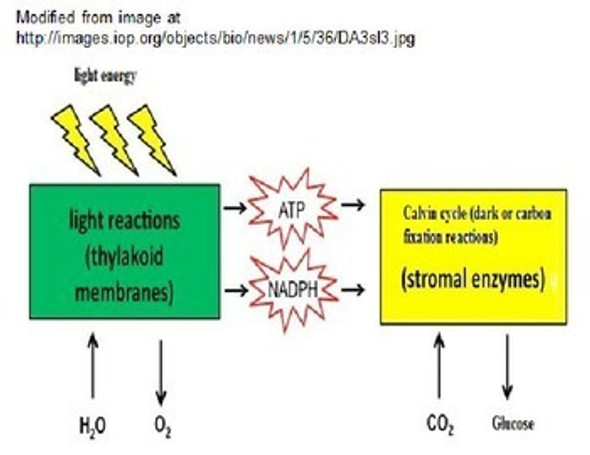Description
This zip file contains several activities (45 pages of student handouts and 1 PowerPoint with a total of 26 slides) which can be used to compose a unit for physics students involving topics involving computations involving vectors in two dimensions. Topics in this unit include vectors, resultants, tip-to-tail addition, graphical and mathematical determination of concurrent forces and resolving a vector into its x and y components as other concepts.
A Vector Simulation lab activity is contained within this package. No specialized materials are required for this activity.
These materials may be used in Physics or advanced Physical Science classes. Knowledge of calculus is not required to complete the included activities. The components in this unit correlate to NGSS Standard HS-PS 2.1. The NGSS Standard, Common Core Standards and learning objectives addressed are indicated at the end of this description.
The components of this lesson package can easily be displayed to students using and LCD projector and may be readily modified into formats facilitating smartboard technology.
All documents except for the PowerPoint are included in both word as well as pdf format to allow editing for specific teacher needs. All answer keys are included. The specific contents of the learning package includes the following items (the page count for these items are actual student handouts as answer key page counts are not included):
- Vectors in Two Dimensions Scaffolded Notes (12 pp.)
- PowerPoint to accompany the Scaffolded Notes (26 slides)
- Introduction to Vector Quantities in Two Dimensions Worksheet (32 questions) (9 pp.)
- Calculating Vector Quantities in Two Dimensions Worksheet (11 completion and 9 problems) (6 pp.)
- Vector Simulation Lab Activity (11 pp.)
- Introduction to Vector Quantities in Two Dimensions quiz (33 questions) (7 pp.)
- NGSS, Common Core and Local Learning Standards/Objectives (2 pp.)
Learning Standards and Objectives
NGSS Standard
Precursor Information related to:
HS-PS2-1. Analyze data to support the claim that Newton’s second law of motion describes the mathematical relationship among the net force on a macroscopic object, its mass, and its acceleration.
Common Core State Standards Connections:
ELA/Literacy
RST.11-12.7 Integrate and evaluate multiple sources of information presented in diverse formats and media (e.g., quantitative data, video, multimedia) in order to address a question or solve a problem
Mathematics
MP.2 Reason abstractly and quantitatively.
MP.4 Model with mathematics.
HSN-Q.A.1 Use units as a way to understand problems and to guide the solution of multi-step problems; choose and interpret units consistently in formulas; choose and interpret the scale and the origin in graphs and data displays.
HSN-Q.A.2 Define appropriate quantities for the purpose of descriptive modeling.
HSN-Q.A.3 Choose a level of accuracy appropriate to limitations on measurement when reporting quantities.
HSA-SSE.A.1 Interpret expressions that represent a quantity in terms of its context.
HSA-SSE.B.3 Choose and produce an equivalent form of an expression to reveal and explain properties of the quantity represented by the expression.
HSA-CED.A.1 Create equations and inequalities in one variable and use them to solve problems.
HSA-CED.A.4 Rearrange formulas to highlight a quantity of interest, using the same reasoning as in solving equations.
HSF-IF.C.7 Graph functions expressed symbolically and show key features of the graph, by in hand in simple cases and using technology for more complicated cases.
Learning Objectives
Upon the completion of this unit the student will be able to:
1. define the term statics.
2. define the term force.
3. recognize force is measured in newtons.
4. explain what is meant by concurrent forces.
5. define the term resultant.
6. explain what is meant by a vector quantity.
7. recognize displacement, velocity and force are vector quantities.
8. recognize that for two concurrent forces acting 0 degrees apart, the resultant is equal to the sum of the two forces.
9. recognize that for two concurrent forces acting 180 degrees apart, the resultant is equal to the largest force minus the smallest force in the direction of the largest force.
10. explain how to graphically represent a vector.
11. define the term inverse vector.
12. perform tip-to-tail addition of vectors.
13. compute the resultant graphically and mathematically of two concurrent vectors.
14. resolve a vector into its horizontal and vertical components graphically and mathematically.
15. define the term equilibrant.
16. explain what is meant by a net force.
17. explain what is meant by static equilibrium.
Terms of Use
Purchase of the product is for classroom use by the purchaser only. It is a violation for individuals, schools, and districts to redistribute, sell, or post this item on the Internet or to other individuals.
This work is licensed under a Creative Commons Attribution-NonCommercial-ShareAlike 4.0 International License.


















